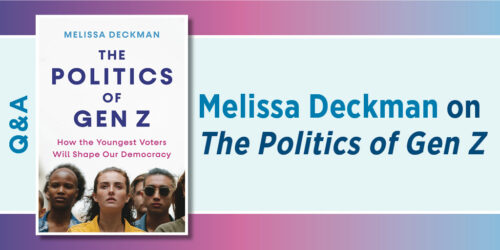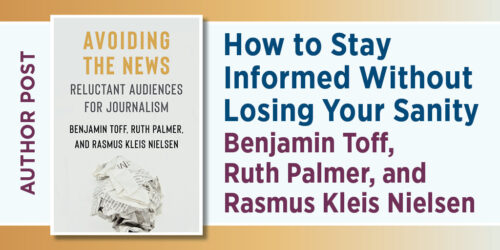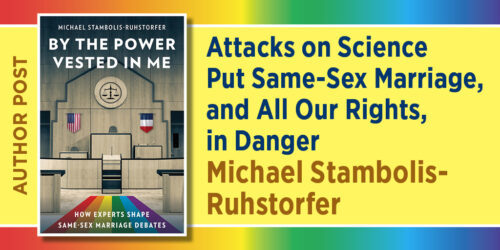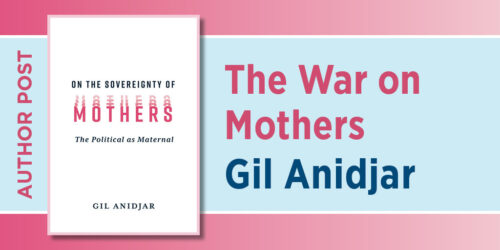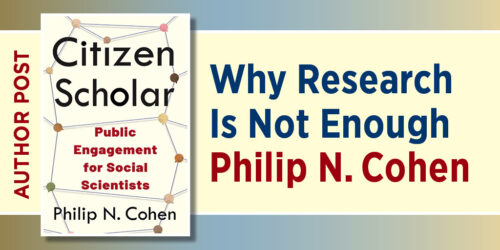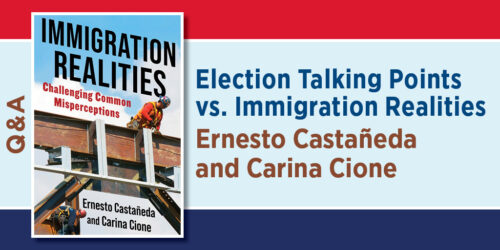The History and Politics of “More Guns”
Patrick J. Charles
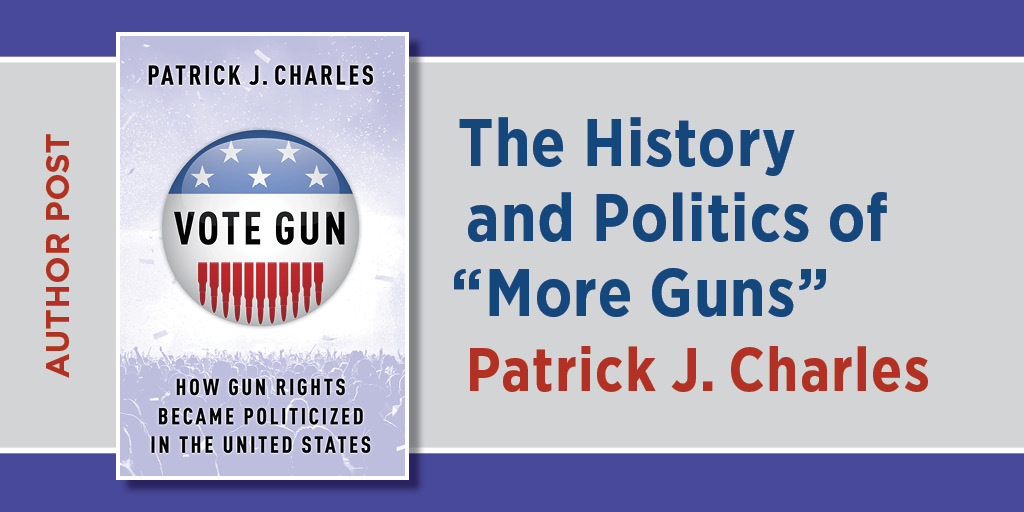
To those who emphatically support gun rights, having “more guns” is generally seen as the solution to society’s woes. The way these people see it, the more guns there are, the less likely it is that crimes will be committed and the more likely that people will be civil. In other words, according to gun rights supporters, it is the constant threat of armed reprisal that aides in promoting good government, law and order, and overall civility. And, again according to gun rights supporters, the best way to ensure that there are indeed “more guns”in citizens’ hands is to repeal or remove any firearm restrictions. As the National Rifle Association put it as early as 1931, “When those professional viewers-with-alarm who are so concerned with lawless American set about to create an America with less law, another great American paradox will become evident—a lawful America is an America with less law.”
For the last few decades, the NRA’s “less” firearm restrictions theory has been the political trajectory of many conservative-leaning states. People who live in these states often find it far easier to purchase, own, and carry a firearm than to vote in an election, obtain health care, or even have their children publicly educated. These states have repealed or removed even the most sensible of firearm restrictions, including laws requiring a background check, license, and training to carry a firearm in public and laws limiting the types of firearms one may publicly carry.
People who live in these states often find it far easier to purchase, own, and carry a firearm than to vote in an election, obtain health care, or even have their children publicly educated.
This gradual loosening of firearm restrictions over the past few decades, along with a rise in mental instability, incessant fear-mongering by both lawmakers and members of the news media, and our increasing cultural divisions created by both political talking heads and social media algorithms, have created the perfect gun-violence storm. We know this because the country is poised to set a new annual record for shootings. The cause of the shootings is becoming increasingly difficult to fathom. Anyone, for whatever reason, may unexpectedly fall victim to gun violence.
Several recent gun violence tragedies bear this out. In Dadeville, Alabama, four were slain and thirty-two injured by gun violence for the simple act of attending a sweet sixteen party. Near Austin, Texas, two teenage cheerleaders were shot after one mistook a vehicle in supermarket parking lot for her own. In Washington County, New York, a twenty-year-old passenger in a vehicle that had accidentally driven down the wrong driveway was killed by gunfire when the sixty-five-year-old owner of the property fired two shots at the vehicle from his front porch. And in Kansas City, Missouri, a sixteen-year-old boy was shot through a storm door for simply ringing the doorbell of the wrong house.
Anyone, for whatever reason, may unexpectedly fall victim to gun violence.
Are “more guns” policies principally to blame for these gun violence tragedies and others? The answer is complicated. On the one hand, “more guns” policies do not pull triggers. People do, and therefore the answer is technically “no.” At the same time, however, given that “more guns” policies have set the stage for more people having more guns in more locations, have severely loosened society’s understanding of when it is acceptable to reach for a gun, and have transformed the Second Amendment away from a right that was intimately linked to responsibility, how can “more guns” polices not be in part to blame? Yet, to be frank, it is a blame that all Americans share. For decades, rather than have honest and apolitical discussions about the social benefits and burdens of “more guns,” we have instead retreated to our political corners or told ourselves that “it can’t happen here.” The simple point is that our inability to honestly discuss gun violence (and this is currently the case for many political topics) has in turn allowed gun rights and gun control to cement into partisan issues, thus further driving a political wedge between those who own firearms and those who do not and between those who live in urban centers and those who live in rural communities.
My book, Vote Gun: How Gun Rights Became Politicized in the United States, tells the story of how and why we arrived at this point. And hopefully, by telling this story, we as Americans will be able to not only contextually internalize and reflect on our past but also use it to begin an honest dialogue about gun rights, gun control, and gun violence in this country.
Patrick J. Charles is senior historian and archivist for the United States Air Force and the author of Vote Gun: How Gun Rights Became Politicized in the United States.

